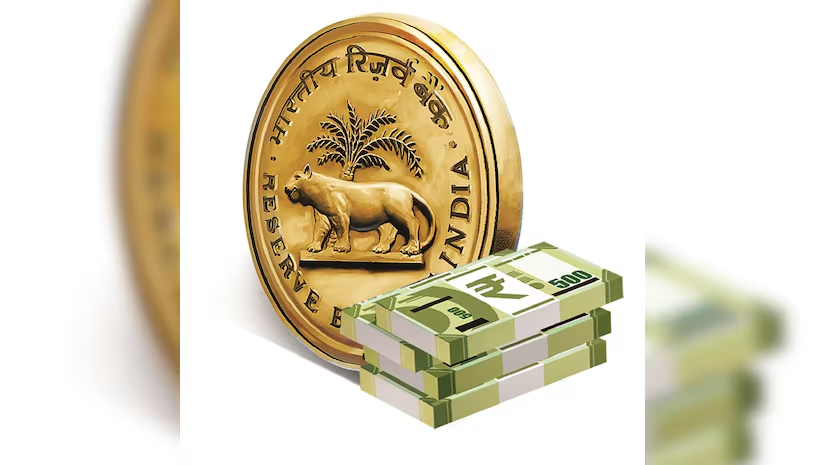RBI’s Substantial Surplus Transfer in FY24 On May 22, 2024, the Reserve Bank of India’s (RBI) Central Board of Directors approved a notable transfer of approximately Rs 2.11 lakh crore to the Central Government as surplus for the fiscal year 2023-24 (FY24). This amount, confirmed during the 608th meeting chaired by Governor Shaktikanta Das, represents a 141% increase from the previous fiscal year’s transfer of Rs 87,416 crore. This transfer significantly exceeds the Rs 1.50 lakh crore initially budgeted in the Interim Budget for FY2025.
Mechanics Behind the Surplus Generation
- Economic Capital Framework: The surplus was calculated based on the Economic Capital Framework (ECF), which was developed following recommendations by the Expert Committee led by Dr. Bimal Jalan. The framework includes maintaining a Contingent Risk Buffer (CRB) which was set at 6.50% for FY24, reflecting a gradual increase from the 5.50% maintained during the challenging economic conditions from 2018-19 to 2021-22.
- Sources of Surplus: The increased surplus primarily stems from higher interest earnings on foreign exchange assets, a result of the US Federal Reserve’s aggressive rate hikes.
Fiscal and Economic Implications
- Government Finances: The surplus aids the Central Government in reaching its fiscal deficit target of 5.1% of GDP for FY25 and enhances its capacity for increased expenditure.
- Strengthened Reserves: The higher CRB ensures that RBI is well-prepared to manage unforeseen financial situations such as depreciations or policy-induced economic fluctuations.
Key Attendees and Provisions The decision involved key RBI officials including Deputy Governors Swaminathan Jankiraman, Michael Debabrata Patra, M Rajeshwar Rao, and T Rabi Sankar. Representatives from the Ministry of Finance, such as Ajay Seth and Dr. Vivek Joshi, were also present. The surplus transfer aligns with Section 47 of the RBI Act, 1934, which governs the allocation of surplus profits by the RBI.
Related Developments
- In line with the RBI’s forecasts, achieving an annual real GDP growth rate of 7.6% is deemed necessary for India to attain developed nation status by 2047-48, as highlighted in the RBI Bulletin of July 2023.
- Additionally, RBI’s recent administrative updates include the inclusion of ‘NongHyup Bank’ in the Second Schedule to the RBI Act, 1934, expanding the network of recognized financial institutions in India.
This record surplus transfer by the RBI reflects robust financial management and strategic planning, contributing significantly to the government’s fiscal strategy and economic resilience.


